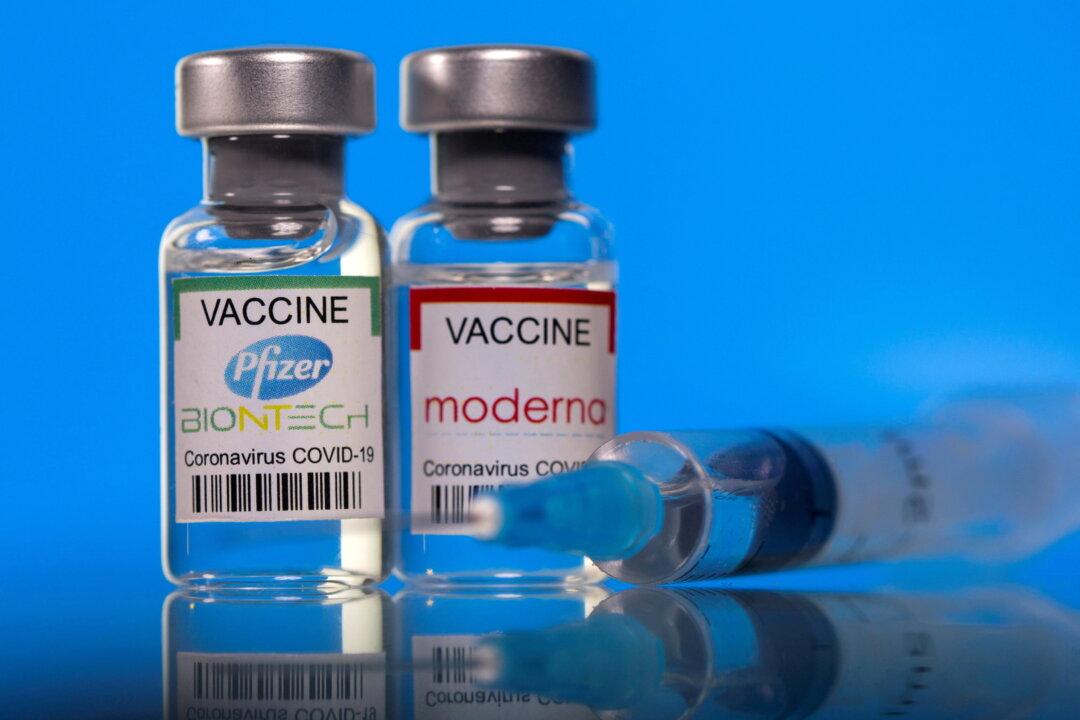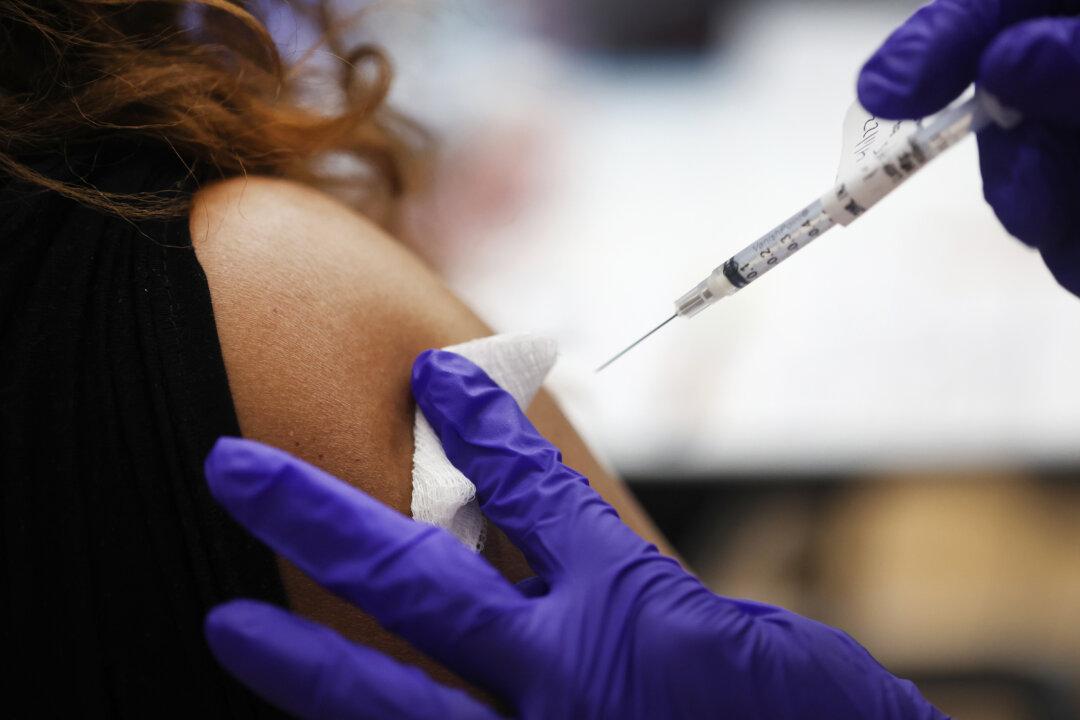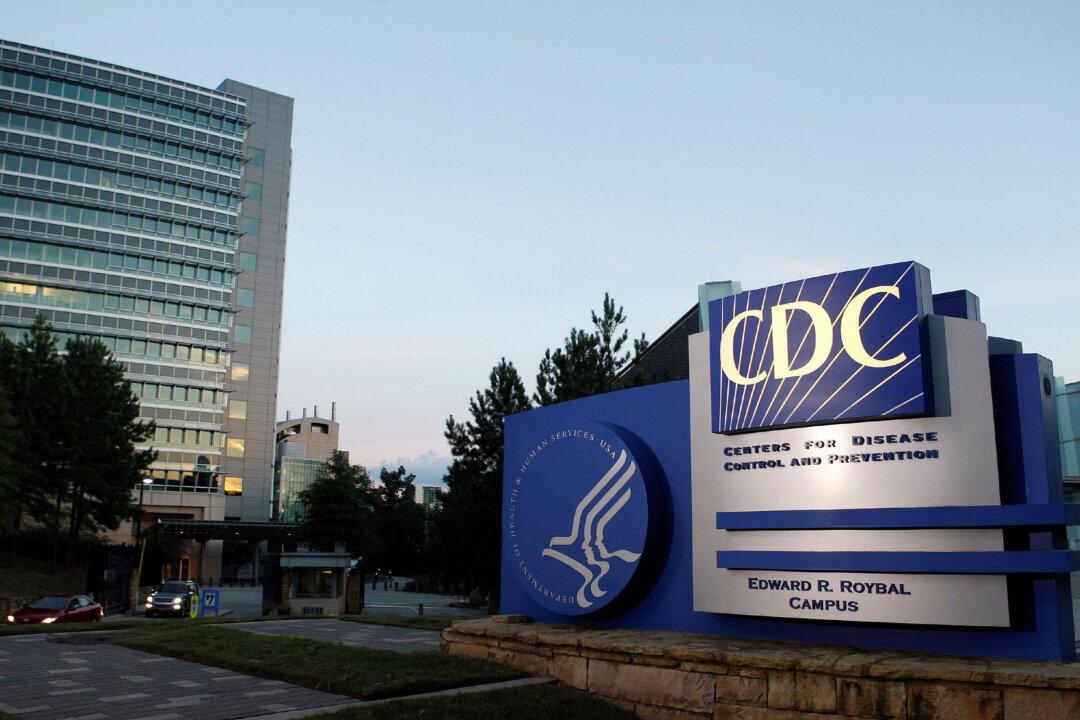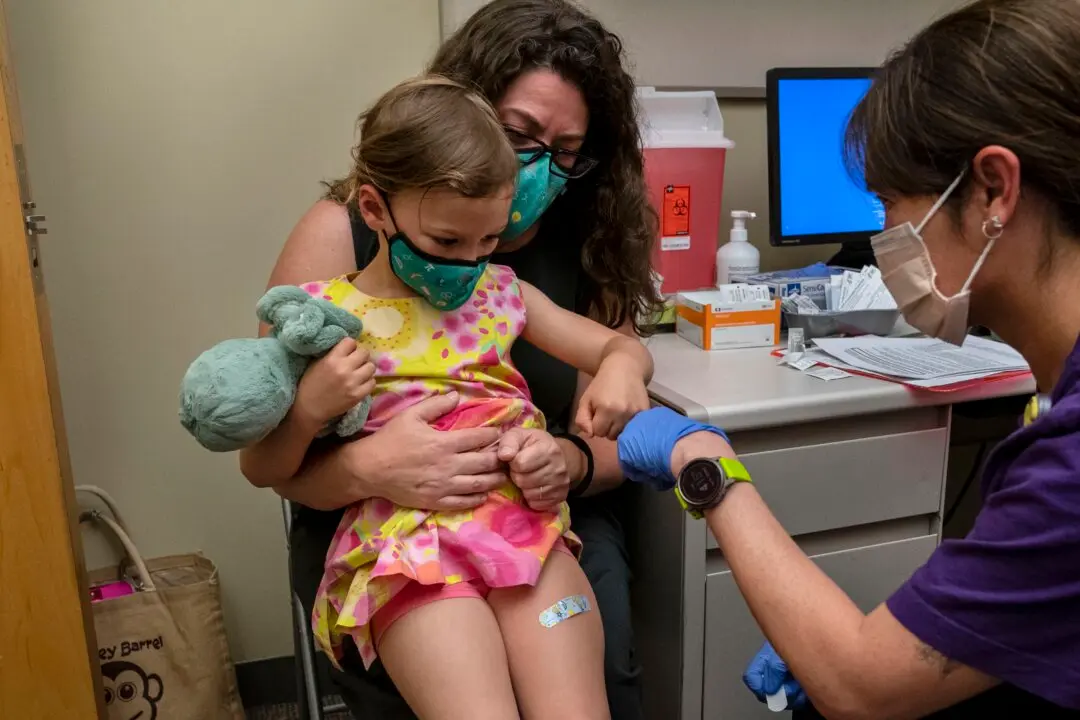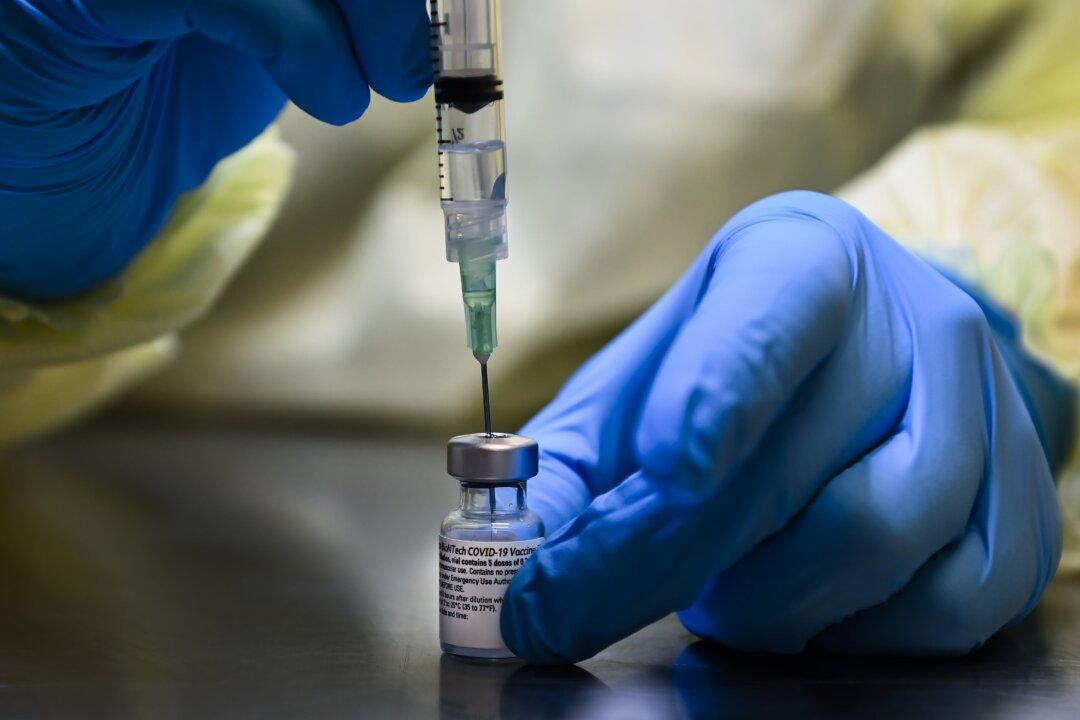The Countermeasures Injury Compensation Program (CICP) provides some benefits to Americans who have experienced injuries or deaths as a result of a COVID-19 shot and other countermeasures recommended to prevent, diagnose, or treat the disease.
But without the development of a vaccine injury table by the Health Resources and Services Administration (HRSA), the burden of proof lies with the petitioner and not the government to prove causation in order to establish eligibility.

